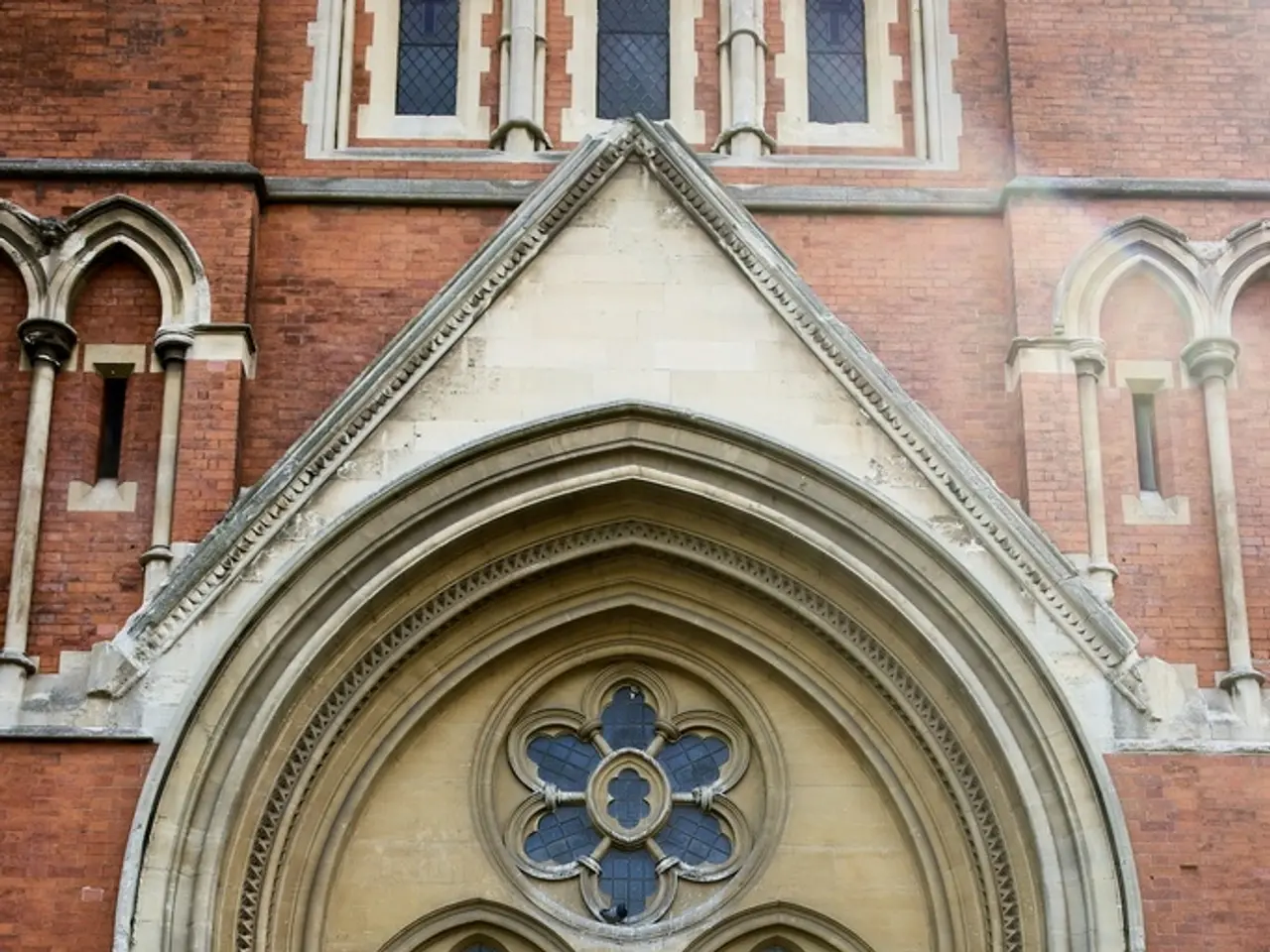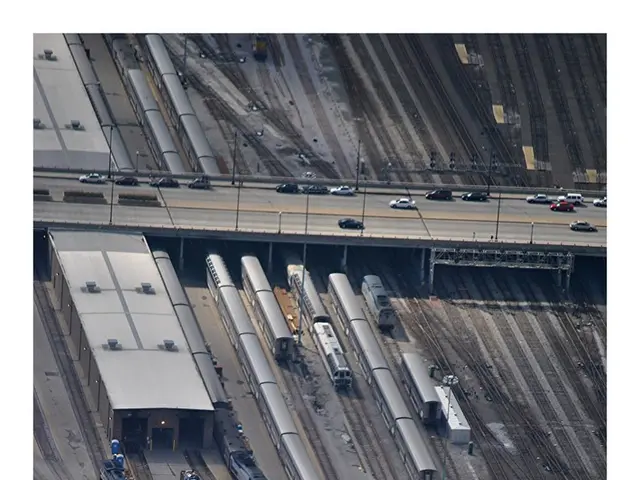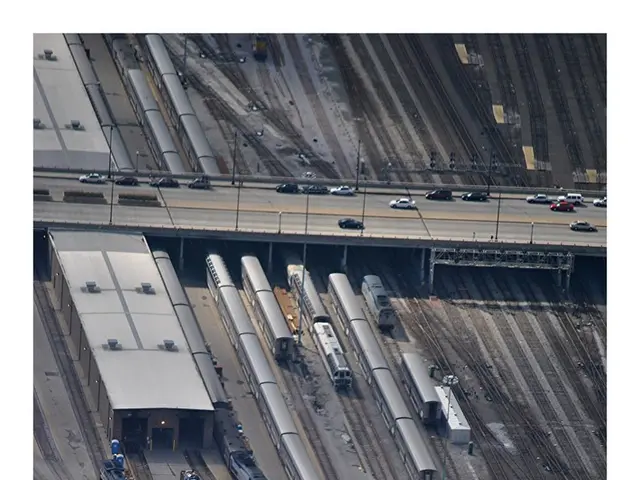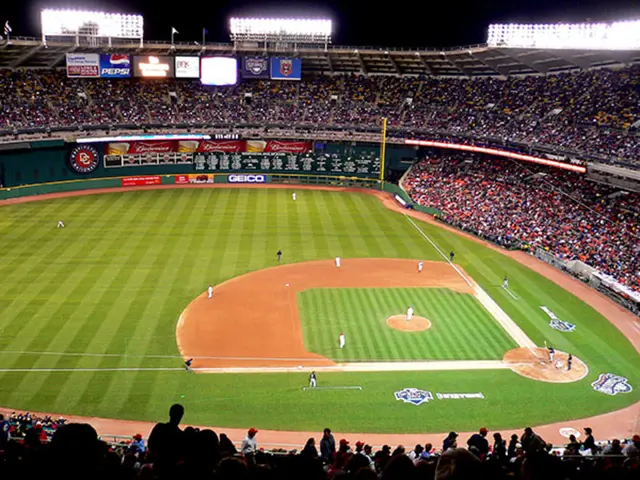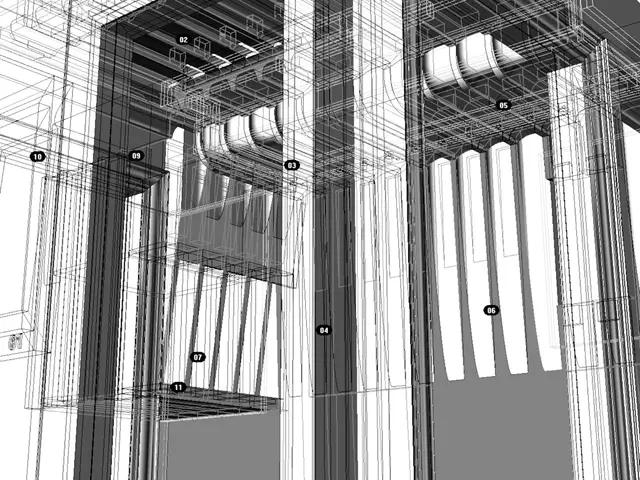Parochialkirche: Berlin's Historic Church Reborn After Destruction
The Parochialkirche in Berlin-Mitte, one of the city's oldest churches, has a rich history marked by destruction and rebuilding. Originally planned by Johann Arnold Nering, the church was completed in 1714 after his death, with a simplified tower designed by Jean de Bodt. Today, it stands as a cultural hub, hosting services, exhibitions, and performances.
The Parochialkirche's origins date back to 1695 when Frederick III permitted its construction. It was consecrated in 1703 and completed a decade later. The church was one of the first built after the Reformation, serving as a symbol of religious freedom. However, its history is not without turmoil. In 1944, it was severely damaged by bombs, losing its tower and most of its inventory.
Extensive renovations between 1987 and 2003 restored the church to its former glory. The tower was rebuilt in 2016, standing tall once more. Today, visitors can enjoy a new carillon, installed in the church itself, which chimes multiple times a day. This carillon is a significant attraction, as it was the only one in Berlin at the time of its installation. The nearest U-Bahn stations are U Klosterstr. (U2) and U Rotes Rathaus (U5), both within a short walk.
The Parochialkirche, with its resilient history and cultural significance, continues to serve Berliners and visitors alike. Its carillon, a symbol of hope and renewal, echoes through the city, a testament to the church's enduring spirit.
Read also:
- American teenagers taking up farming roles previously filled by immigrants, a concept revisited from 1965's labor market shift.
- Weekly affairs in the German Federal Parliament (Bundestag)
- Landslide claims seven lives, injures six individuals while they work to restore a water channel in the northern region of Pakistan
- Escalating conflict in Sudan has prompted the United Nations to announce a critical gender crisis, highlighting the disproportionate impact of the ongoing violence on women and girls.
